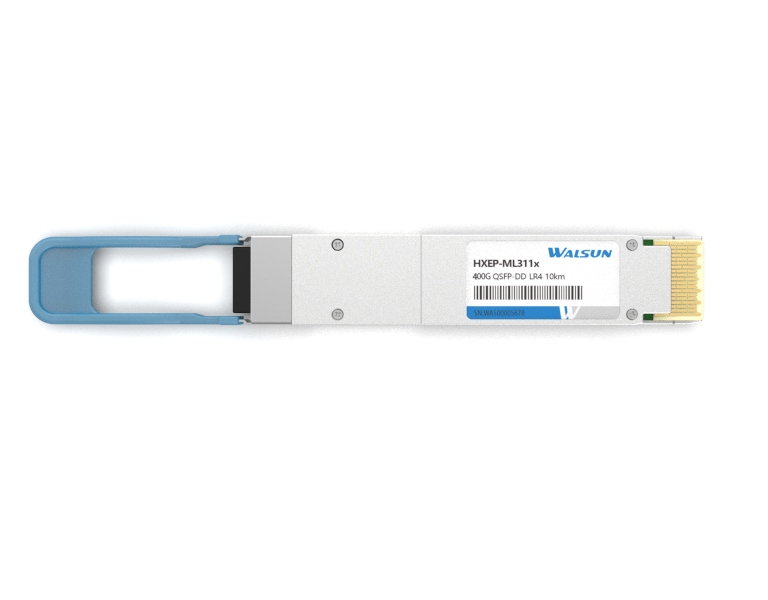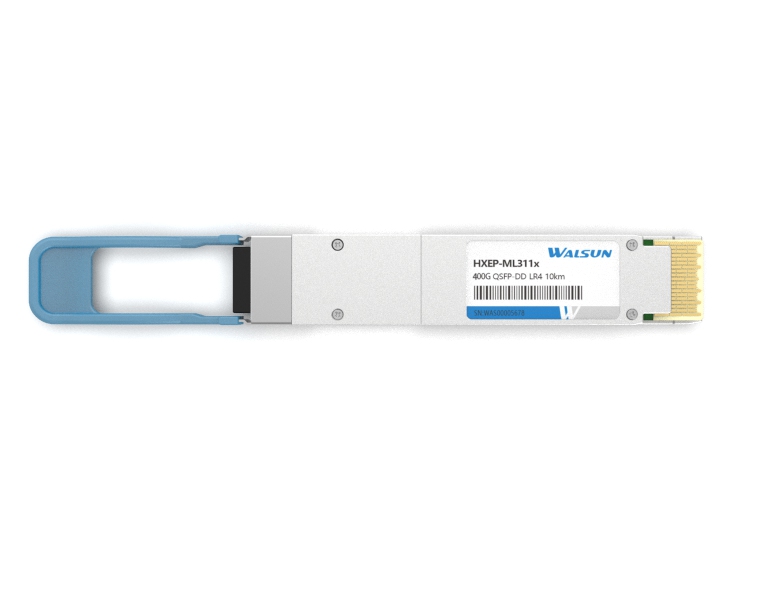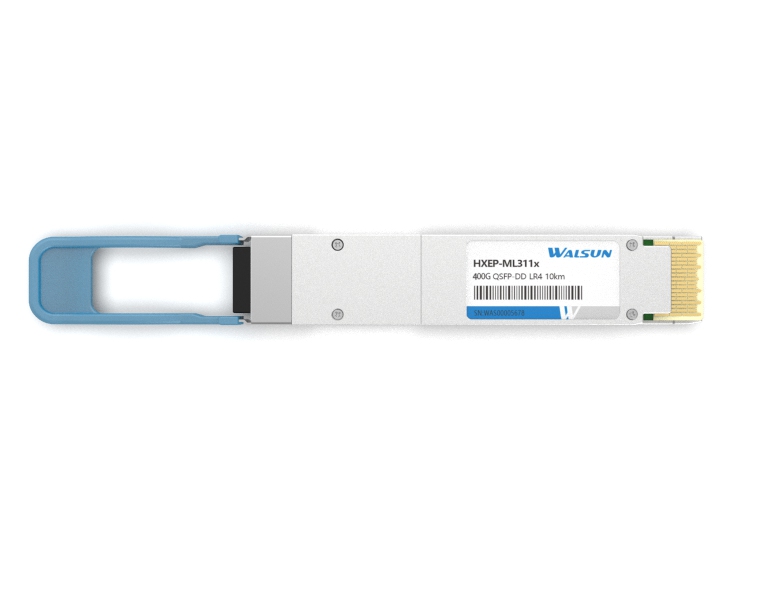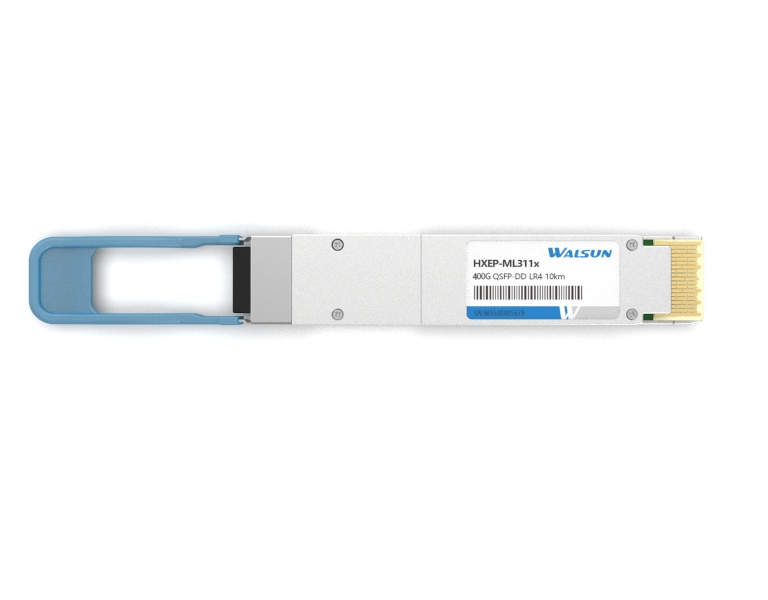PRODUCTS

- The speed of QSFP56 DD (Quad Small Form-factor Pluggable Double Density) is 400 Gigabits per second (Gbps).Walsun's 400G QSFP56-DD transceivers are addressing the technical challenges of achieving high speed 400G interconnections. The transceivers have four optical lanes that operate at 100Gbps PAM4 modulation, providing solutions up to 400 Gbps. The transceivers have on the electrical side 81547

- SFP+ (Small Form-factor Pluggable Plus) and QSFP+ (Quad Small Form-factor Pluggable Plus) are both types of transceiver modules used in data communication and networking devices. The main differences between the two are their form factor and the number of channels they support.What is SFP+ transceiver module?SFP+ is an enhanced version of SFP, supporting data rates up to 10Gbit/s. SFP+ supports 81480

- QSFP28 stands for Quad Small Form-Factor Pluggable 28. The "Quad" refers to the four lanes of high-speed data transmission, while "Small Form-Factor Pluggable" indicates the small, hot-swappable form factor of the module. Lastly, "28" signifies the module's ability to support data rates of up to 28 gigabits per second per lane.The SFP28 form factor is similar in s1864

- The maximum length of a QSFP (Quad Small Form-factor Pluggable) cable can vary depending on the type and specification of the cable. In general, active QSFP cables can reach lengths of up to 10 meters (33 feet), while passive QSFP cables typically have a maximum length of around 7 meters (23 feet). However, it is important to refer to the specific manufacturer's specifications for the exa1844

- SFP (Small Form-factor Pluggable) and QSFP (Quad Small Form-factor Pluggable) are both types of optical transceivers used in networking equipment to transmit and receive data over fiber optic cables. The main difference between the two lies in their form factor and the number of channels they support:1. Form Factor: - SFP: SFP transceivers have a smaller form factor and support one cha2118


 CHS
CHS Walsun Mall
Walsun Mall










